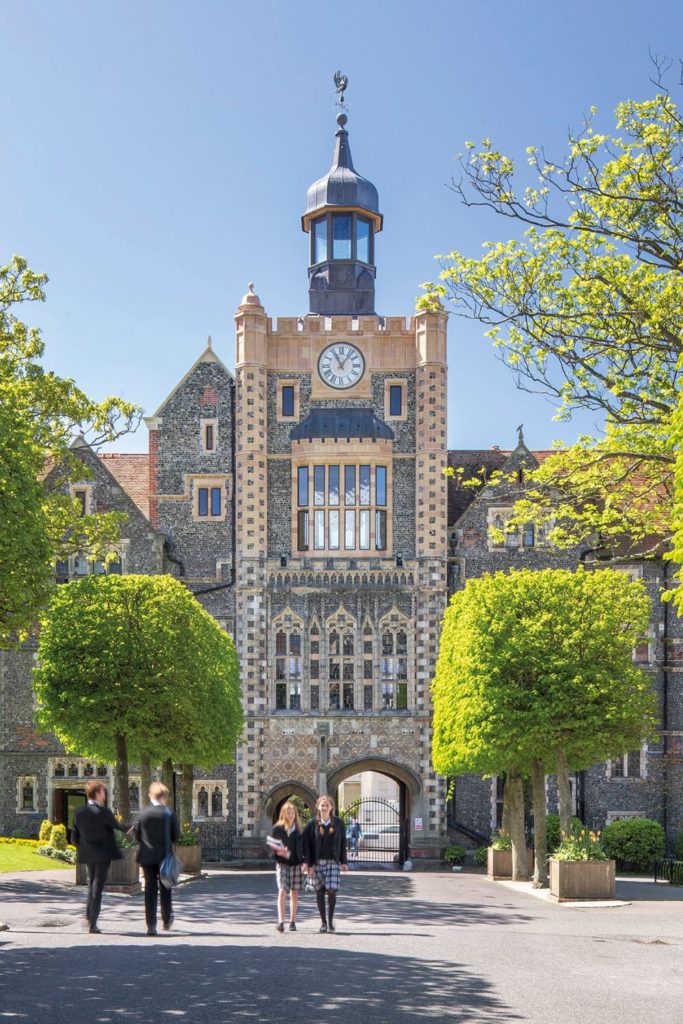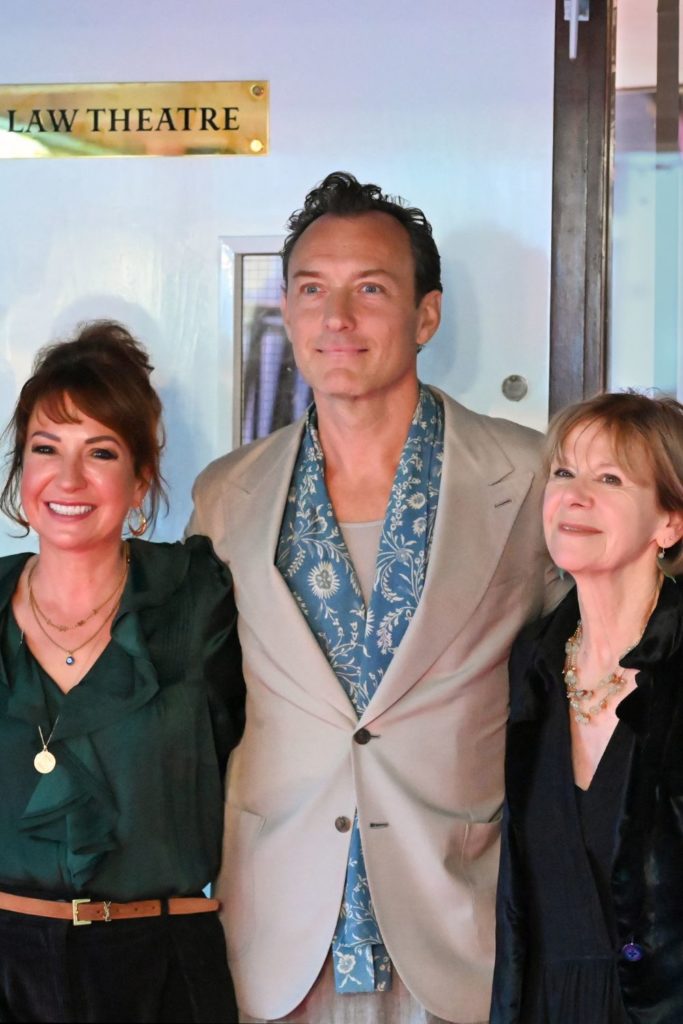Eat, Pray, Learn
By
1 year ago
Schools catering for multiple faiths are creating a positive and dynamic ethos, says Peter Stanford
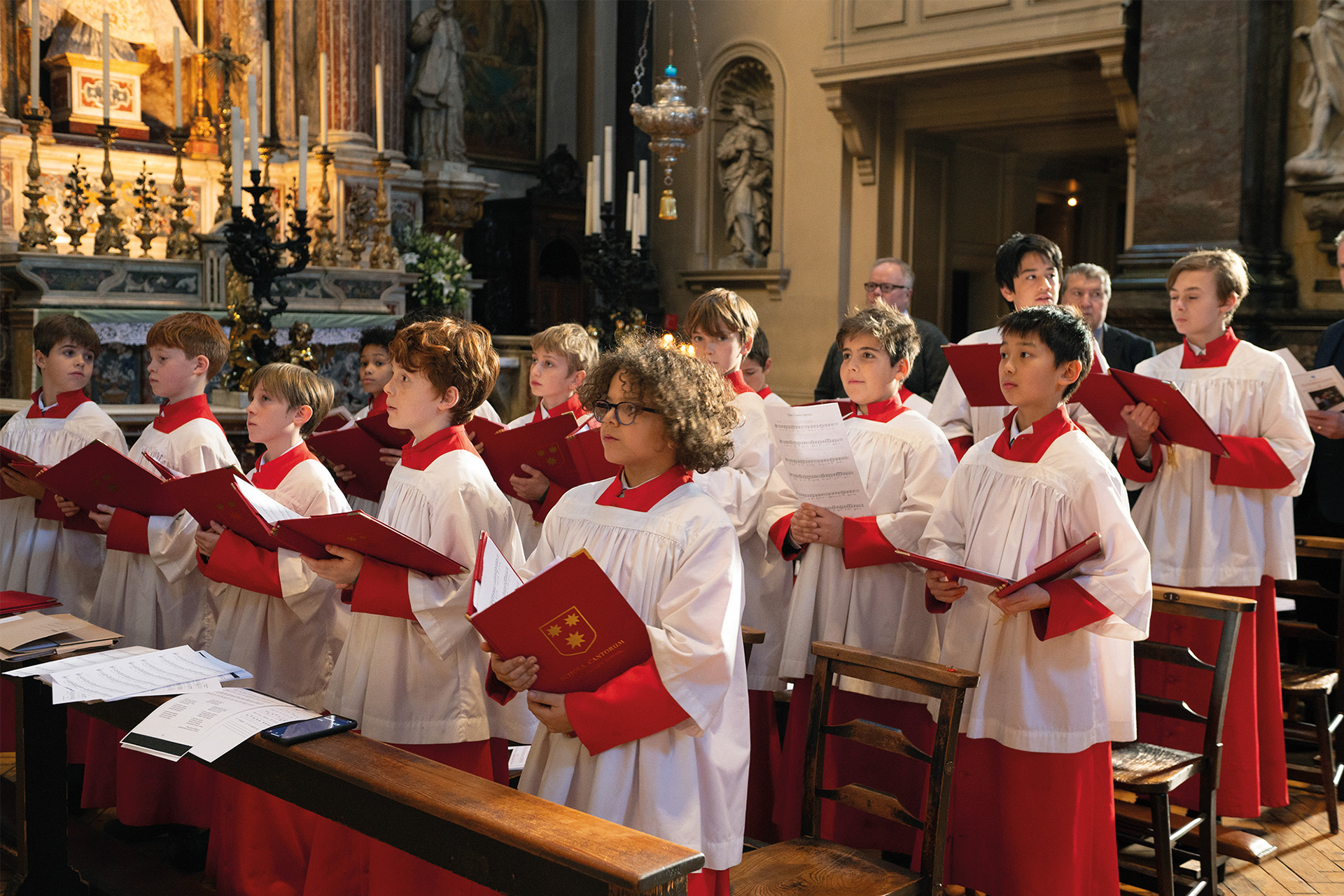
By law, religion should be at the heart of every school, thanks to 1944 legislation that requires them to hold a daily act of worship that is ‘wholly or mainly of a broadly Christian character’. It remains in force, even if now in some cases exemptions can be sought and granted. Yet since 2004, Ofsted has stopped including this legal requirement in its inspections of state schools. As many as two-thirds are estimated now to be ignoring the law, while a recent High Court judgement upheld the Michaela Community School in North London in its ban on prayer during the school day.
For those in the independent sector, there is more leeway. The most recent framework for inspections around how religion is handled deliberately reflects the diversity in their intakes and chooses to use the word ‘spiritual’. The leadership of independent schools must ensure that their curriculum ‘develops pupils’ spiritual and moral knowledge’.
It is a directive that gives considerable freedom that many are using – not as a way to avoid the obligation, but rather to shape both the life of the school and its curriculum so as to bring a positive and dynamic multi-faith vibe.
How Schools Are Navigating Religion
In autumn 2022, Christ’s Hospital School in Horsham, West Sussex appointed Mutisunge Edwards as its first full-time Equity, Diversity and Inclusion lead. ‘The school’s name makes for an added challenge,’ Edwards explains. Christ’s Hospital was founded in 1552 at the time of the Reformation with a Church of England ethos. A lot of parents choose not to say what faith they are when they apply for their children, she says – in case not being Anglican might jeopardise their chances of getting a bursary. Aside from its distinctive uniform, unchanged in more than 470 years – of long blue coat, belted at the waist, worn with matching knee-breeches or skirt, yellow socks and a white neck-band – Christ’s Hospital is best known for offering free and reduced-cost places to as many as 630 of its 900 pupils aged 11 to 18.
Such a very high level of bursaries, says Edwards, attracts youngsters from diverse backgrounds. Included in that mix is its substantial cohort of overseas students. Part of her role, working alongside the school’s Anglican chaplain, is to show those from different faith backgrounds that their religious traditions are valued and nurtured in a place that has such deep Anglican roots. ‘As well as a Christian Union, we have a Muslim Students’ Association and a Jewish Students’ Association, all student-led. I work with all of them. Each has to nominate a staff liaison who is going to be in the room when they meet and around whom the pupils feel happy to speak candidly.’
Their choice of a staff liaison can be surprising, she reports. ‘With their pick of teachers, you’d think the Muslim Students’ Association would pick a Muslim teacher, but it doesn’t. The students have chosen an atheist, which demonstrates, I think, that when people gather to talk about faith, it is multi-layered. Within each group, individuals are different, they approach faith in different ways, and they talk about how similar they are, and how different.’
Sometimes the different faith groups at Christ’s have joint sessions, or combine with other existing school associations for South-East Asian and Afro-Caribbean students. But what exactly goes on in these faith-specific meetings? Prayer, theology or are they more about identity and feelings? ‘I should make clear that I only attend when I am invited to join one of the meetings,’ Edwards points out. An early years specialist, her work had been in Kenya before she came to Christ’s Hospital. ‘They choose which members of staff they feel comfortable with. I see my role as EDI lead as being the conduit, the umbrella. I want to look after all of them.’
But what she has heard at such gatherings she is asked into crosses a wide range of topics. ‘It might be should they wear a hijab, or can they wear it one week and take it off the next week? Or gay marriage between Christians, or the importance of “marrying in” if you are Jewish. It is all about giving them the space to find out what faith means to them.’
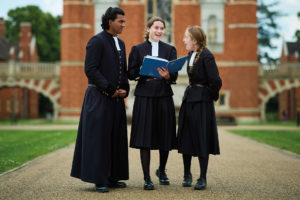
Royal Hospital School, Suffolk
Forming A Personal Relationship With Faith
The search for what faith means to pupils can take place in denomination-specific groups or in situations that include all-comers. The latter is the approach of Queen’s Gate School in South Kensington. An Anglican foundation dating back to 1891, its 500 all-female pupils go from four to 18, and alumni include Queen Camilla, Nigella Lawson and The Queen’s Gambit actress Anya Taylor-Joy.
‘We have this opportunity to show young people that faith can be a positive thing to have in their lives,’ explains principal Amy Wallace, whose previous post was at a Catholic school. ‘I don’t think we need to worry about what faith it is that they have. It is about the comfort and strength you can get when you are in difficult times and you turn to faith. What I want for my girls is for them to think faith is a good thing – relevant, alive and current.’ In that conviction, she draws on her own experience as a youngster at a Church of England school where the way religion was taught was ‘a little bit dry and boring’. She adds: ‘Dry and boring with teenagers has such a long-lasting negative impact on their perception about faith, on their understanding as they go into adult life.’
Religious Diversity Among Pupils
Queen’s Gate’s intake, as befits its location at the heart of a diverse capital city, is distributed across many of the religious traditions. ‘There is no majority,’ says Wallace, ‘but a core number of Jewish girls, significant number of Muslims, some from the Middle East, Christians of various denominations including Eastern Orthodox, and some Sikhs and Hindus.’ One of her favourite moments, she recalls, came in her first year after she joined in September 2022, with the Muslim feast of Ramadan, marked in Islam by a month of fasting, prayer and reflection. ‘We marked it by having Muslim girls standing up in front of the school and explaining how Ramadan is a real living thing. It was about getting everyone thinking – about how to support their Muslim friends, how it was okay to ask questions, how not to put up barriers even if you don’t have faith yourself.’
The multi-faith environment nurtured at the school, adds vice principal Christian Kendall-Daw, includes the way the staff there behave. ‘One of the things about our school is how staff care for each other and their spirituality. Our team staff have that real interest and understanding of a person’s faith journey.’ It is reflected, too, in the assemblies that are, he says, ‘a real feature of the school’s life’, not a resented legal imposition. ‘When we approach subjects such as metaphysics, our girls are not remotely afraid. Some have quite strong views that religion can be a harmful thing, some are profoundly religious and some questioning. We navigate our way through that, even when trying to deal with world conflicts.’
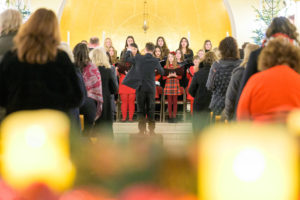
Queen’s Gate School, South Kensington
Partnering Tradition With A Modern Approach
There is, of course, a long-standing and still vibrant tradition in Britain’s independent schools of those established to teach particular denominations. Worth in West Sussex began life in 1933 linked to Worth Abbey, a Benedictine monastery with a resident community of monks. The two remain today on the same site, but Worth is now a co-educational school for 675 pupils, aged 11 to 18. Once its intake would have been almost exclusively Catholic, but such numbers now stand at around 60 percent, posing a different challenge in how to adapt to a multi-faith world.
‘The word we use now is invitational,’ explains Dan Harris, Worth’s director of admissions, ‘rather than assuming as we did 40 or 50 years ago where people’s faith was. Invitational and relational – that is building relationships to lead people into encounter with God’. As part of that ambition of supporting rather than dictating the pathway forward in faith, the school has a series of six values that both draw on its Benedictine history and reflect the contemporary world its pupils occupy.
The six are: humility, silence, worship, community, stewardship, and service. Each comes with a few well-chosen words to explain what they cover. ‘They are presented in a way that no one could argue about them,’ continues Harris. ‘They are a good starting point. You can read them in a religious way or in a secular way if you have no faith whatsoever. So, for example, one of the six is worship, which we define as an attitude of gratitude. No one could argue that is a bad thing.’
For previous generations, worship would have meant regular attendance at Worth’s stunning in-the-round 1970s Abbey Church. Now, it is more flexible and more knitted into the culture of the place. As Harris puts it: ‘It plays out in whatever we do with kids, both formal and informal’. For Lizzie Coyne, marketing manager at Worth and a parent of children taught there, that wide-ranging approach to faith in the students’ life finds powerful expression in the whole-school weekly gathering in the Abbey Church each Wednesday for the last period of the day.
The reports she hears about these sessions convey their impact and effect. It is, she says, a place where everyone fits in, regardless of their own faith background. ‘When asked, “what do you think about it?”, one pupil said, “I’m not Catholic, but I go and value it”. All say that even if you don’t go in to pray in the traditional Catholic way, this as an important reflective pause in the week. One described it as “a mediative thing, where I digest my day”.’
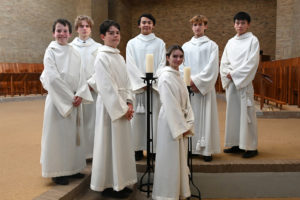
Worth School, West Sussex
A Broader Outlook Going Forward
At St Philip’s Catholic Prep in south west London, the percentage of its 100 pupils aged seven to 13 who are Catholic remains higher – over 70 percent. But even here, says head of History and religious studies Izaak Tanna, there is more engagement than there was when the school was set up in the 1930s to educate Catholic boys. ‘When we teach religion today, especially around Common Entrance, our approach is broadly Christian. But one of the year five topics is Islam, and it could be said that Old Testament studies are in fact the study of Judaism.’
The overall approach, he reflects, is one of providing ‘knowledge and understanding of what religion is about so, when our boys get older, they know what they are accepting or rejecting. There is no intolerance. We are open to differences in the world’. And it is that sense of preparing their charges for a changing and increasingly multi-faith world that pervades all of these schools. ‘We shouldn’t be too singular in our thinking,’ insists Amy Wallace at Queen’s Gate. ‘We all need to encourage those who come to us to think more collectively and think beyond themselves. In these days of social media, that is very important.’

